Weeds are the biggest impact on your quest to have a perfect lawn.
They’re nasty, tall, prickly, and even spiky. They look completely and absolutely out of place in your well-manicured front yard. They also make your Northern Virginia lawn look neglected, taking away from the overall beauty and enjoyment of your landscape.
What’s worse are weeds that look like grass in lawns. Why? Because you can tell they aren’t part of your regular lawn, but yet you can’t always tell they are weeds. They also sneak in and seem impossible to control. In fact, just when you’re about to enjoy your lawn with a nice game of fetch with your dog or catch with your child, the weeds jump out and ruin everything.
Weeds are very advantageous, popping into your lawn whenever they get the opportunity. You certainly don’t want these grassy weeds popping up throughout the growing season, taking away from the overall beauty and enjoyment of your lawn.
Here are 6 of the most common lawn weeds that look like grass in Northern Virginia lawns and how you can keep them out of your yard.
6 Common Weeds That Look Like Grass in Lawns
While you might believe that all weeds are similar, that’s not the case.
Maybe some weeds look the same, but there are actually many different types of weeds. But telling the difference between grass and weeds can be challenging. Figuring out exactly which one you’re dealing with can help you better get rid of them.
These are the weeds we see the most in Northern Virginia.
1. Chickweed
As one of the most common weeds in Northern Virginia, you will likely spot chickweed in your lawn at one point or another. It is one of the first weeds to appear in early spring.
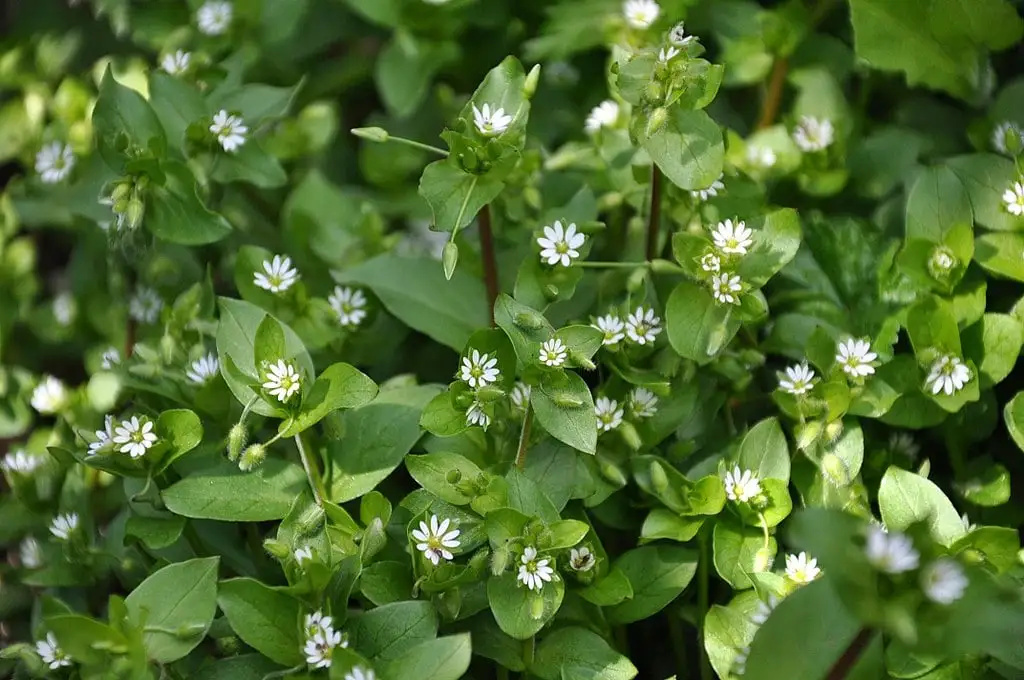
You can characterize this weed by its fleshy leaves and small, white flowers, which each have five petals like small stars. Thriving in shade and thinner areas of the lawn, chickweed typically grows in thick patches in your lawn, crowding out the good green lawn you want in the process.
Germinating in winter and dropping seeds in spring until rising temperatures cause it to die off, chickweed is a winter annual weed. That means treating it early with selective, broadleaf weed control in a liquid format is the best way to get rid of this weed that looks like grass before it has the opportunity to die and come back stronger again the next year.
2. Henbit
Like chickweed, henbit is also a winter annual weed.
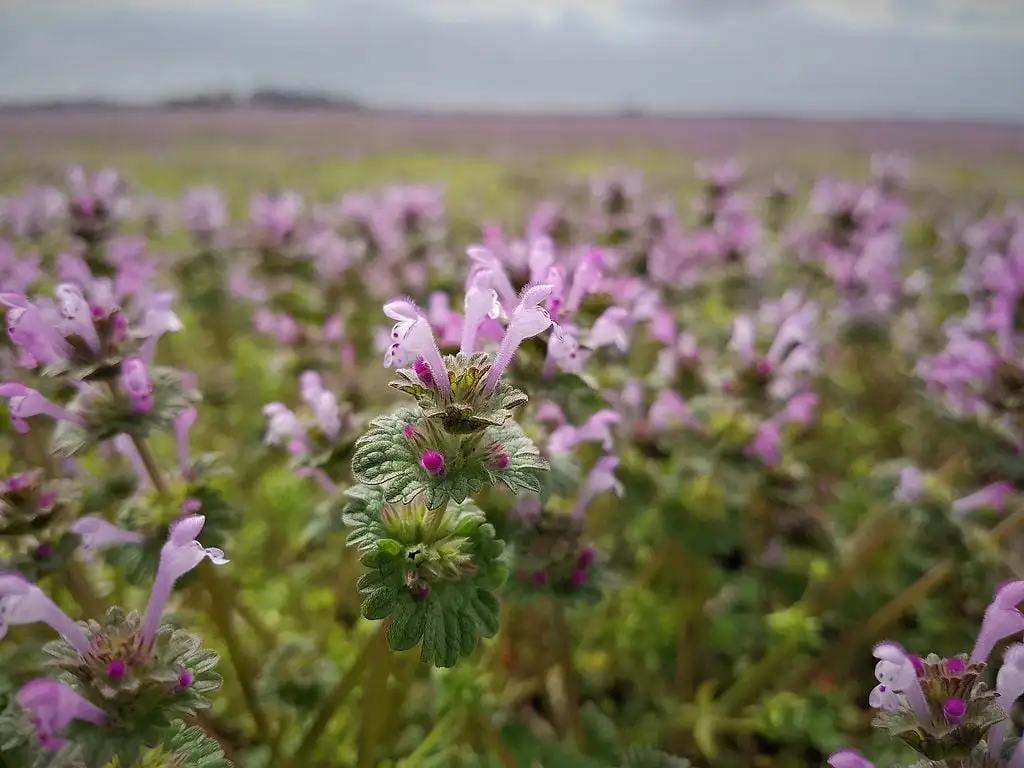
This weed that looks like grass in lawns might blend in with its square stems and egg-shaped leaves until it erupts with deep purple flowers in spring. But once this weed flowers, it becomes much more difficult to control.
Henbit, a part of the mint family, develops during the autumn months, sneaking in any growth it can get during those last warm days of the season. It completes its growth in spring, quickly invading your thinnest lawn areas first where there is shade and moisture.
While this weed will typically die out when warmer weather arrives later in spring, it is, luckily, a bit easier to control with liquid selective, broadleaf weed control. That way you don’t have to deal with it for months before it’s gone.
3. Bittercress
If you leave this lawn weed that looks like grass to grow, bittercress, an annual weed that is a member of the mustard family, can quickly spread.
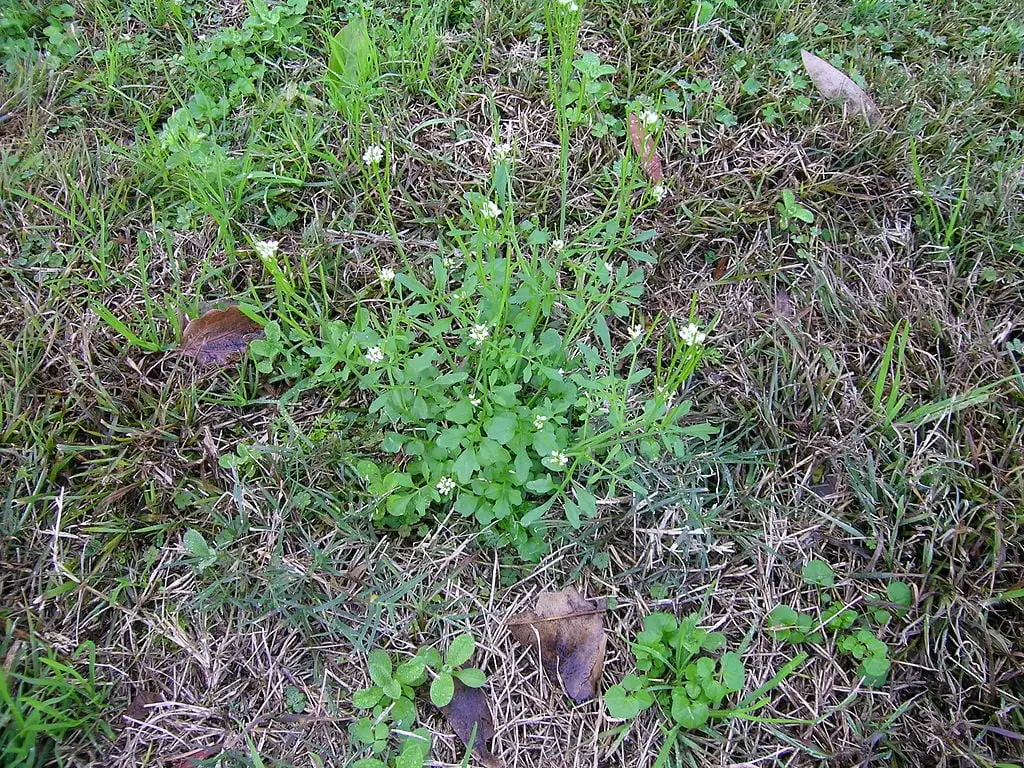
Growing to 3 to 9 inches long, this weed has slightly scalloped leaves with tiny, white flowers that grow at the end of stems. It’s a tall, leggy eyesore, for sure. You can find it in late winter through spring. And when it reaches its full height, bittercress’ seed pods explode, meaning you’ll just have more of it to deal with the following year.
If you have lots of rain and water, in addition to poor drainage, you can make bittercress worse in your yard.
A thick, healthy lawn is a great defense against bittercress. If you know you tend to get this spring weed problem, a comprehensive lawn care program that includes weed control strategies can help keep this weed at bay.
4. Crabgrass
This annual monster of all lawn weeds that look like grass enjoys sun and warm temperatures. It also takes full advantage of thin or stressed out lawns where it bullies its way in. If you’ve mowed your lawn too short in some spots or scalped it, crabgrass will find a way in. Crabgrass especially targets lawns without enough water, adequate nutrition, or drainage.
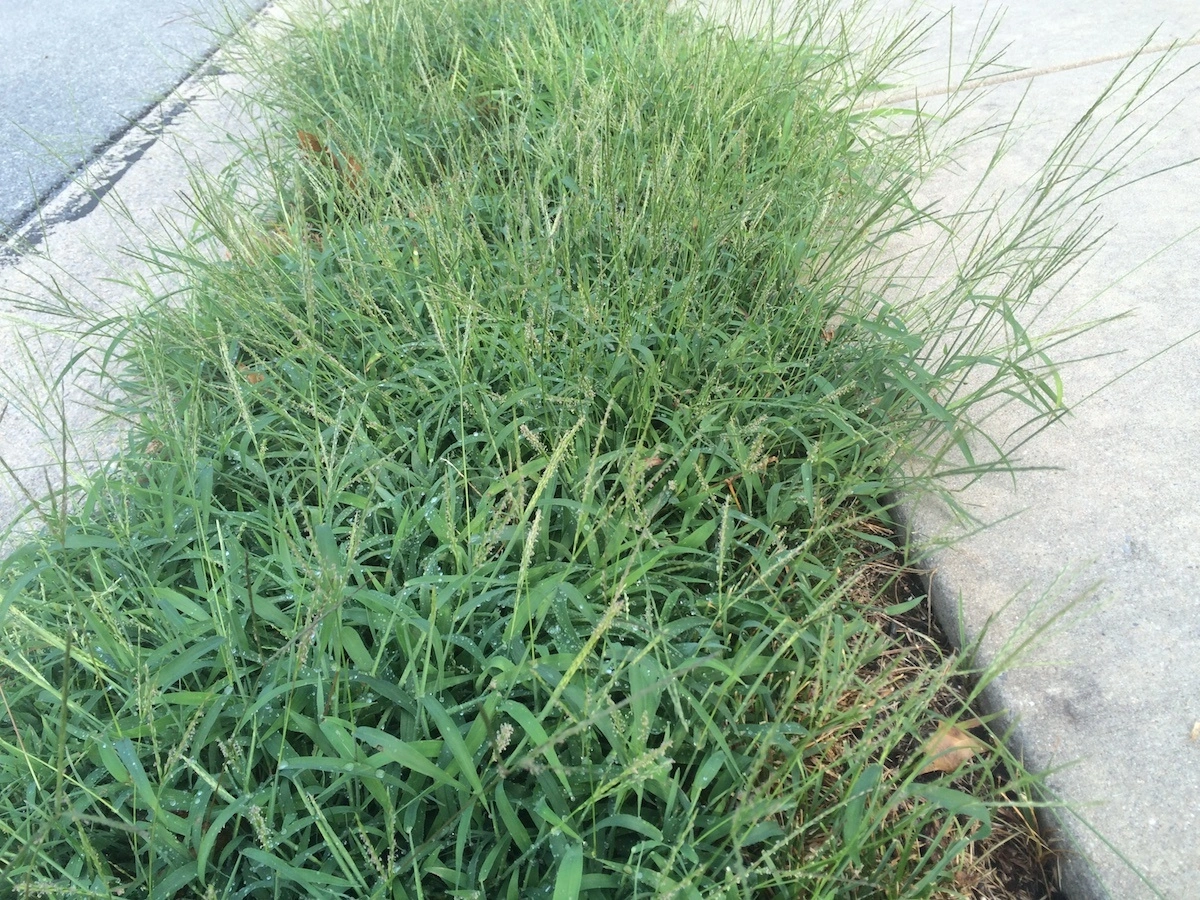
And, boy, is this lawn weed aggressive. One plant alone can produce more than 75,000 seeds, so your weed problem can continue to escalate year after year until you take care of it. When thick crabgrass patches form, they choke out your good grass, leaving thin, bare areas behind. And what do you think will happen to those areas the next year? Crabgrass takes residence there, growing in thick, unattractive clumps.
Thick, thriving turf can keep crabgrass at bay. This weed can also be controlled with pre-emergent weed control that prevents crabgrass from germinating in the first place, which is the best way to control this lawn invader. If breakthroughs occur along lawn edges or in thin spots, using post-emergent weed control can help get rid of them.
5. White Clover
They say finding a four-leaf clover is supposed to bring you luck, but when most clovers only have three leaves and can take over your lawn, you start to feel less lucky the more you see it.
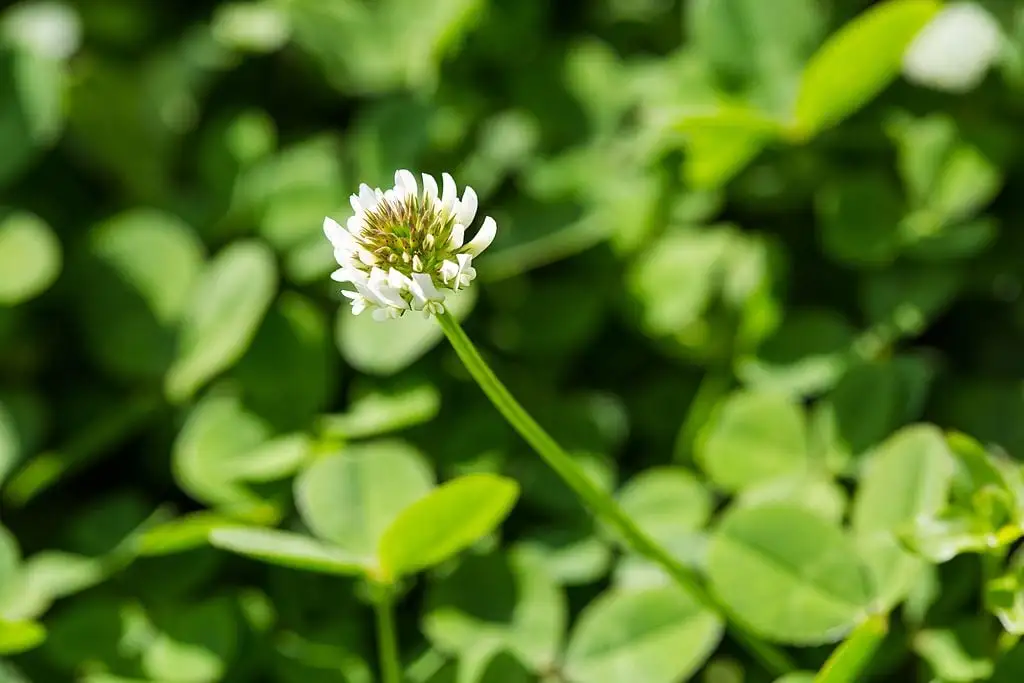
Since clover hugs the ground pretty closely, it can sneak under lawn mowing. And while small, this weed that looks like grass in lawns is pretty mighty. In fact, this seemingly innocent tiny, white-flowered weed will choke out your lawn if you give it the chance. Clover likes lawns with a low soil pH or compacted soils.
Thick, properly fertilized lawns are great ways to keep clover out, as are lawns with good soil pH and that receive annual aeration, overseeding, and topdressing services. Spraying clovers with liquid, selective, broadleaf weed control as they emerge can clean up areas where they break into your lawn.
6. Dandelion
You should recognize dandelions instantly by their large, bright yellow flowers. Versatile and hardy, this lawn weed that looks like grass thrives in moist soil and lots of sunshine.
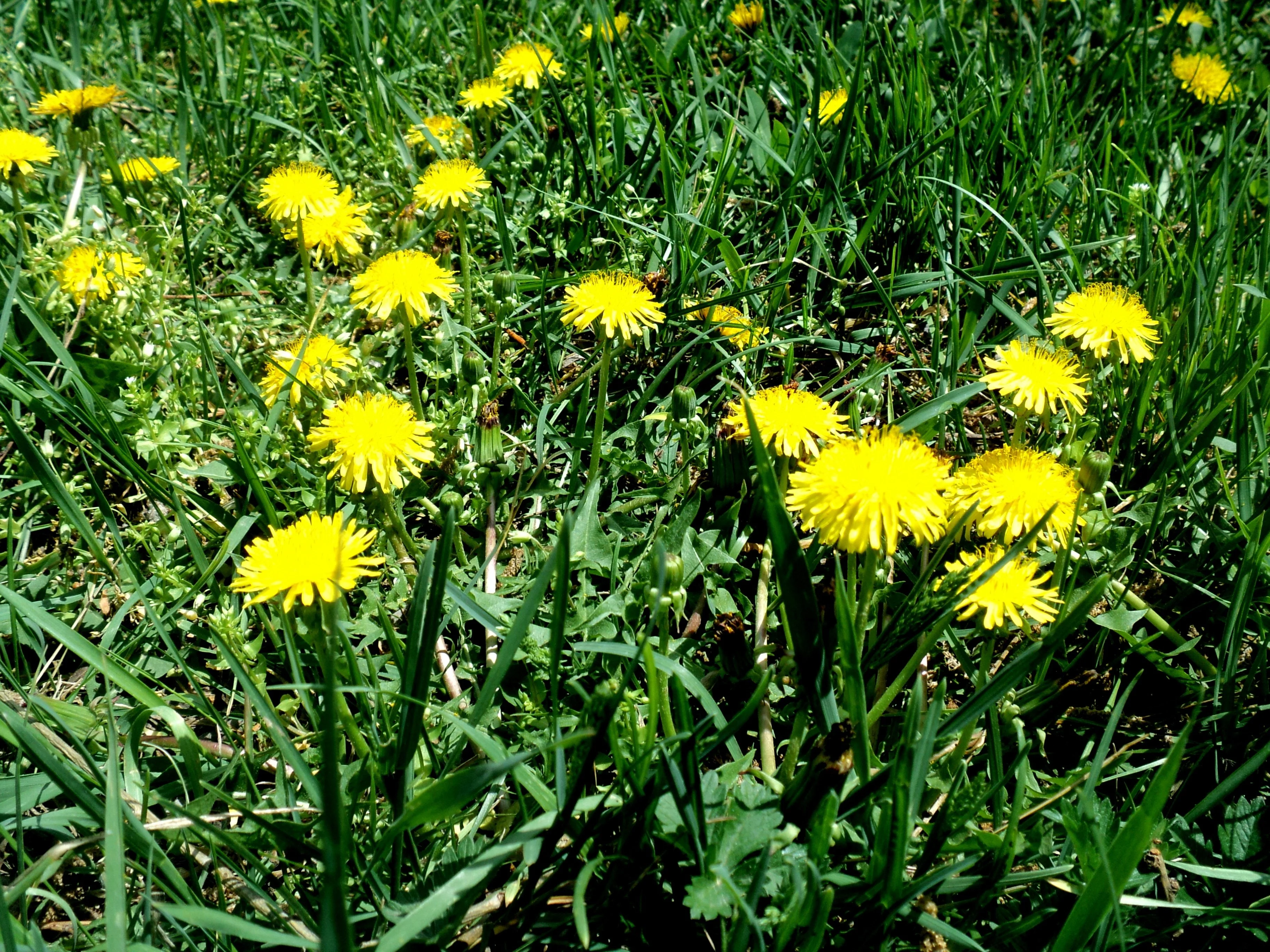
And what makes this weed tricky is that its seeds can live in your soil even when conditions aren’t ripe for growth. It basically waits for the right moment to erupt. The seeds are also carried by wind so they can cause new growth miles away. And since it’s a perennial, dandelions can come back even if they die above the soil surface.
Luckily, these weeds can be easy to control if sprayed at the right time and with the right product, which is a liquid, selective, broadleaf weed control applied during the times when your dandelions are actively growing.
How to Get Rid of Weeds That Look Like Grass
Weeds are always on the lookout to grow. They see your Northern Virginia lawn, and if it lacks nutrition, lacks proper drainage, is thin or stressed out, they attack without a moment’s notice.
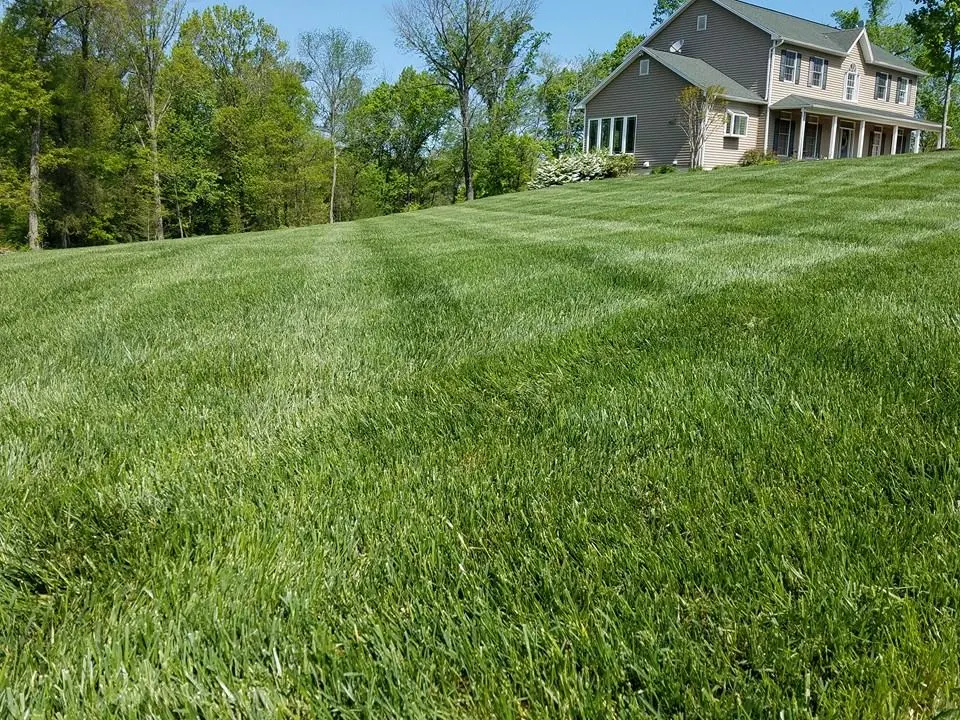
A healthy lawn, though, can be a big part of your weed defense. We define a healthy lawn as one that is mowed to a 3.5- to 4-inch height, watered well (but not too much and not too little), has the proper balance of nutrients that are based on soil test results, and receives annual aeration, overseeding, and topdressing to reduce compaction and thin areas. Your goal is to create an optimal environment for desirable grass to grow over weeds.
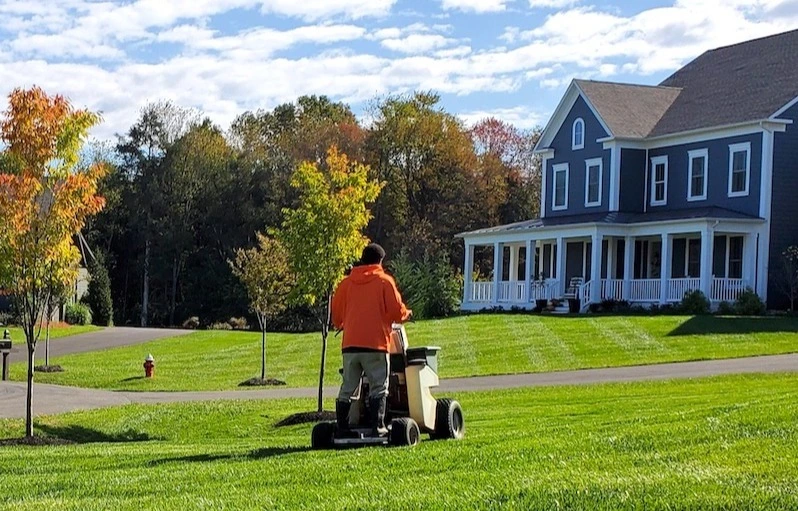
While your thriving, thick lawn can repel weeds, they can still find little spots to break through when conditions are ripe. That’s when you want a comprehensive weed control strategy to help you get rid of weeds that look like grass. This will include proper weed identification, since the control strategy will heavily depend on what the weed is, as well as a preventive and curative approach to thoroughly battle weeds.
Choose the Best Professional Partner for Weed Control in Northern Virginia
Weed seeds can sit idle and wait for the perfect conditions to come from Mother Nature mixed with one slight lawn care mishap, such as mowing your lawn too short or stressing it out by overwatering it.
You want to be outside enjoying your lawn – not constantly staring at it, waiting for weeds that look like grass in lawns to sneak in and take over. You certainly don’t want your lawn to look like the most neglected on the block either. But what can you do? You have enough things to do on your plate; you can’t possibly sit out there all day staring at your grass. You’d like to enjoy your yard after all.
Let Turf’s Up help. We offer complete, proactive lawn care services that include property fertilization, as well as both preventive and curative weed control, throughout the growing season. Not only does it make you look like the smartest neighbor on the block because you have the best looking lawn that seems effortless to maintain, but it’s also the best way to keep your yard weed-free.
Remember, just like lawn weeds hang out for a while once you see them, they also don’t just disappear overnight. Weed seeds are, unfortunately, everywhere. With consistent monitoring and control from a professional who knows lawn weeds in Northern Virginia and helps continue to build your lawn’s health, your grass has a fighting chance to become more weed resistant.
Ready to learn why Turf’s Up could be your totally awesome choice for lawn care services in Gainesville, Haymarket, and Warrenton, VA? We’re stoked to learn more about you and help you have the best lawn on the block. Get started today with a free quote. Together, we can prepare a customized plan that is perfect for you and your lawn.
Image Source: Henbit, Chickweed, Bittercress, White Clover, Dandelion
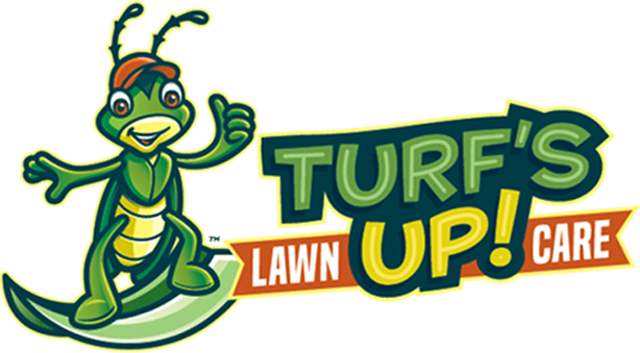
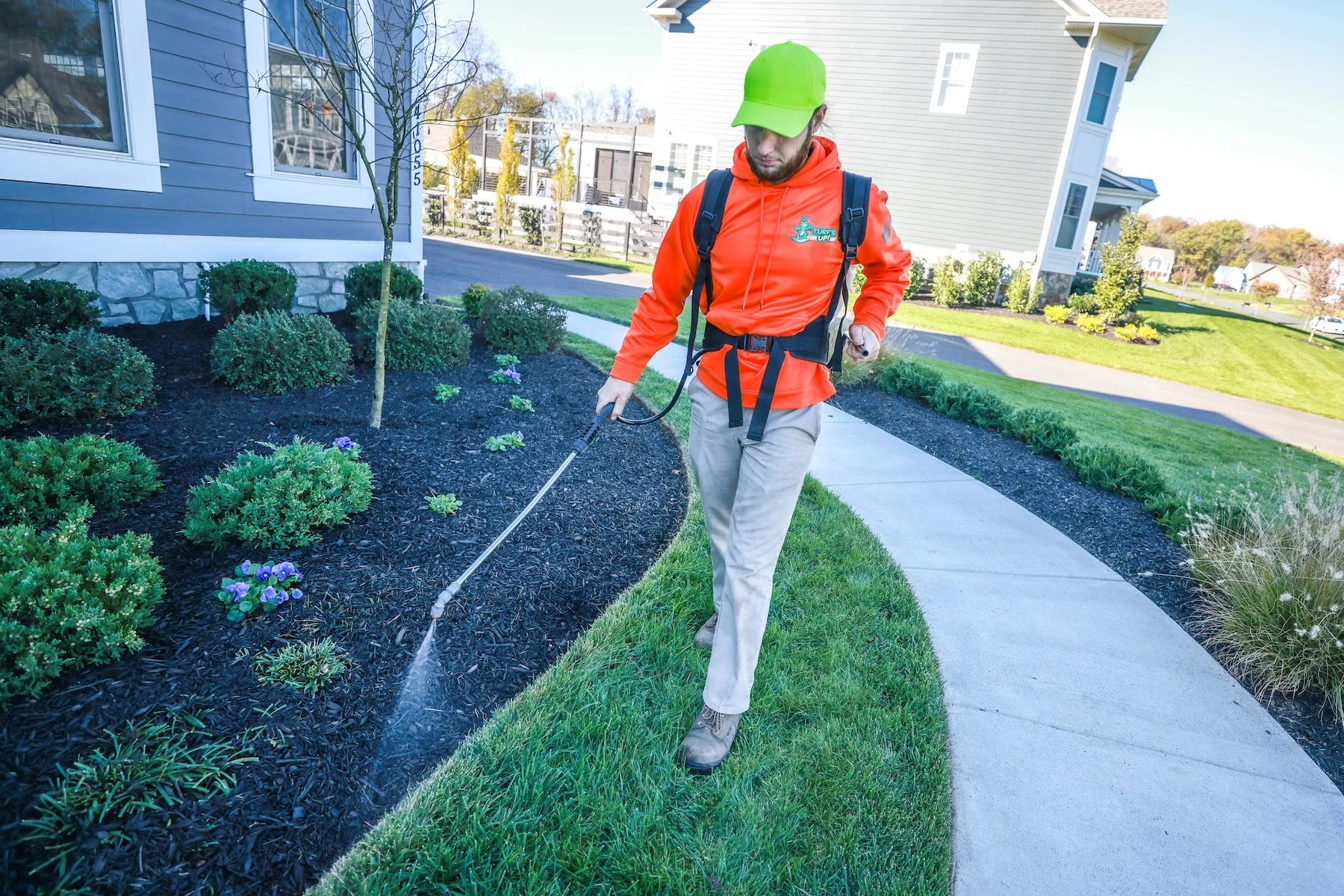



Comments (0)
Thanks for your comment!
Thanks for your feedback! Your comments have been successfully submitted! Please note, all comments require admin approval prior to display.
Error submitting comment!
There is a problem with your comment, please see below and try again.